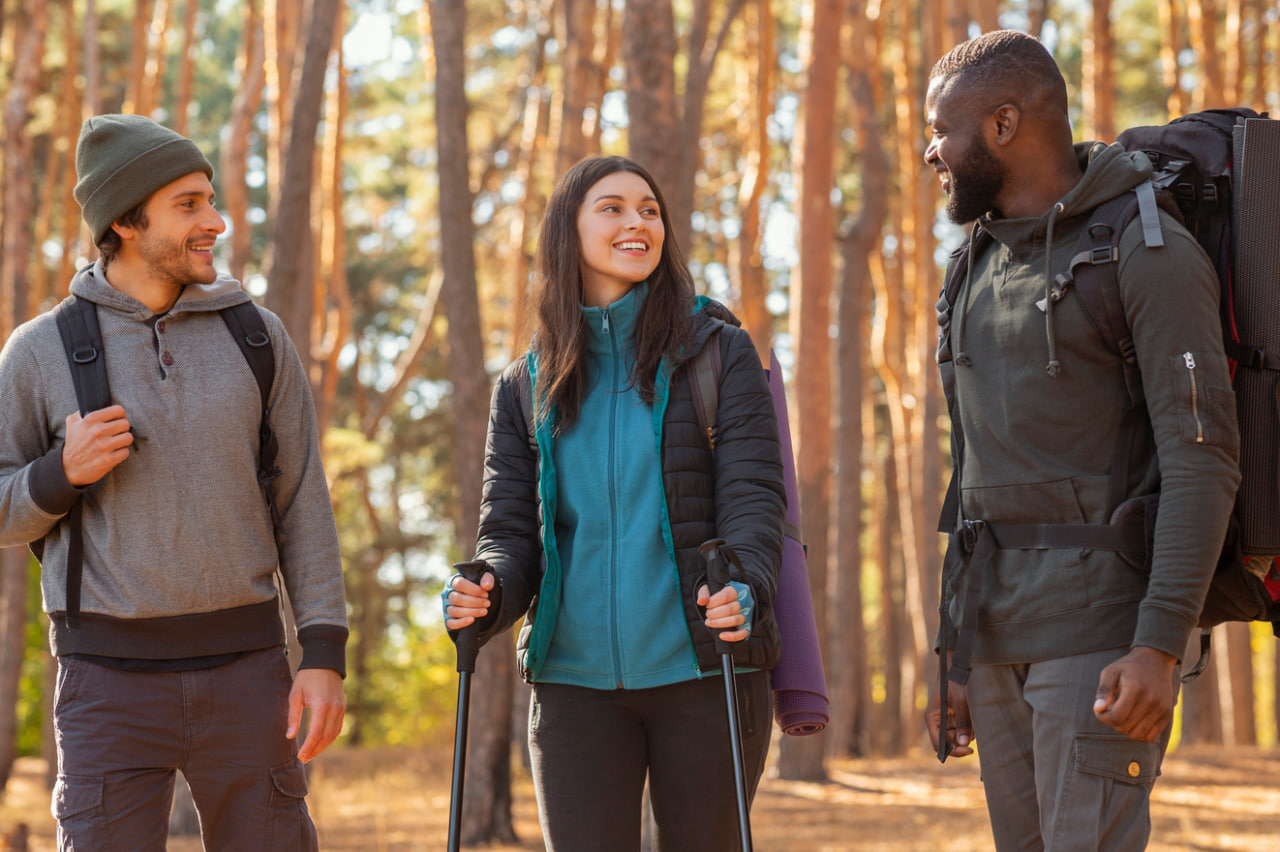Nordic Walking for Seniors: Staying Active and Independent at Any Age
The Importance of Staying Active in Later Life
As we age, maintaining an active lifestyle becomes increasingly important for preserving health, mobility, and independence. Regular physical activity helps seniors reduce the risk of chronic diseases, improve balance, maintain muscle strength, and boost mental well-being. However, finding the right type of exercise that is both safe and enjoyable can be a challenge.
Nordic walking has emerged as a highly effective and accessible form of exercise for seniors, combining cardiovascular benefits with low-impact, full-body movement that supports overall fitness without putting undue strain on joints.
What Is Nordic Walking?
Nordic walking is a form of walking exercise that uses specially designed poles to engage the upper body along with the legs. This technique was inspired by cross-country skiing and involves a natural arm swing supported by poles planted with each step.
The use of poles helps distribute weight more evenly across the body, reducing pressure on the knees and hips, which makes it particularly suitable for older adults. It also improves posture and balance by encouraging an upright stance and rhythmic movements.
Benefits of Nordic Walking for Seniors
Improved Cardiovascular Health
Nordic walking elevates the heart rate more than regular walking because it engages additional muscles in the arms, shoulders, and back. This full-body workout strengthens the cardiovascular system, helping to lower blood pressure and improve circulation, which is essential for overall heart health.
Enhanced Balance and Stability
Falls are a major concern for seniors, often leading to serious injuries. Nordic walking poles provide extra support and stability, helping to prevent falls by improving balance. Regular practice can also strengthen the core and leg muscles that are vital for maintaining stability during everyday movements.
Increased Muscle Strength and Joint Mobility
Unlike traditional walking, Nordic walking activates up to 90% of the body’s muscles. This increased muscle engagement helps seniors build and maintain strength, particularly in the upper body and core. The gentle, repetitive motion also promotes joint mobility and flexibility without causing excessive strain.
Mental Health and Cognitive Benefits
Physical activity releases endorphins, which boost mood and reduce feelings of anxiety and depression. Nordic walking, often done outdoors, combines exercise with nature exposure, which has additional positive effects on mental well-being. Moreover, the coordination involved in using poles can help keep the brain active and improve focus.
Getting Started with Nordic Walking
Choosing the Right Equipment
For beginners, it’s important to select poles that are the correct height and have comfortable grips. Many poles come with adjustable lengths, which allow for customization according to your height and walking style. Lightweight materials such as aluminum or carbon fiber reduce fatigue during walks.
Learning Proper Technique
Proper technique is key to gaining the full benefits of Nordic walking while avoiding injury. This includes maintaining an upright posture, coordinating the movement of arms and legs, and planting the poles at the right angle for propulsion. Many communities offer beginner classes or instructional videos to help seniors learn safely.
Starting Slow and Building Endurance
Seniors new to Nordic walking should start with short, gentle sessions, gradually increasing duration and intensity as fitness improves. Consistency is more important than speed; even regular 20-minute walks can have a significant impact on health.
Tips for Safe Nordic Walking
- Warm up and cool down: Gentle stretching before and after walking can prevent stiffness and soreness.
- Stay hydrated: Carry water and drink regularly, especially on warmer days.
- Wear appropriate footwear: Supportive, comfortable shoes reduce the risk of blisters and injury.
- Walk with a buddy: Walking with a friend adds motivation and safety.
- Listen to your body: If you experience pain or discomfort, slow down or take a break.
Maintaining Independence Through Activity
Nordic walking is more than just exercise; it’s a tool for maintaining independence. By improving strength, balance, and endurance, seniors can continue to perform daily activities such as shopping, gardening, and socializing without assistance. This independence contributes to higher self-esteem and quality of life.
Social and Community Benefits
Many Nordic walking groups cater to seniors, offering a supportive environment to exercise and socialize simultaneously. Group walks create opportunities to meet new people, reduce feelings of isolation, and stay motivated. The social aspect of Nordic walking is as valuable as the physical benefits.

